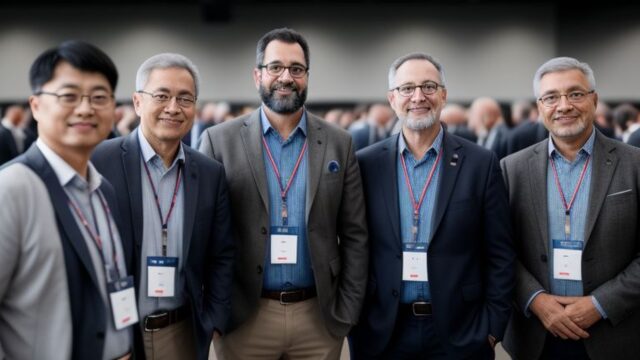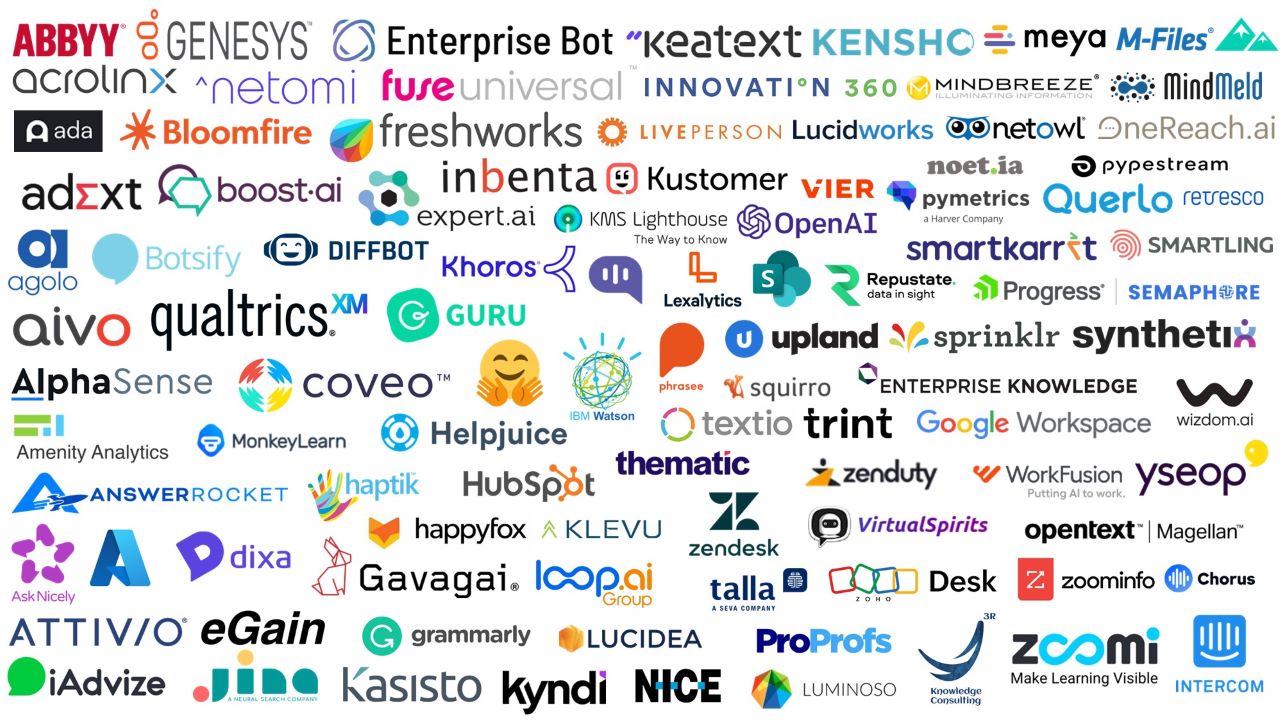
AI-based KM features for expertise discovery and dissemination [Generative AI & KM series part 5]
This article is part 5 of the series AI integration strategy for learning and knowledge management solutions.
A comparative study of 100 generative AI tools in the context of learning and knowledge management (KM) was conducted and has resulted in a set of 35 KM processes where generative AI1 has augmented their experience, implementation, and execution. This article (part 5 in the series) focuses on expertise discovery and dissemination KM processes.
Part 5. Expertise discovery & dissemination
5.1. Human-in-the-loop collaboration (experts)
With the help of generative AI, knowledge seekers can locate and connect with experts. They can identify the right experts on their teams and beyond their network to answer questions and verify content is correct. For example, customer service agents can easily pull in colleagues for their expertise in a side conversation. These conversations are always linked to the original customer conversation, so agents can keep a trace of the whole story for later analysis. With human supervision, AI algorithms can be tuned for the relevance of experts’ recommendations based on location, department, skills, or other important attributes. Once the AI algorithm is fine-tuned, it can help in identifying rising stars gaining experience and skills in a particular team, function, or domain.
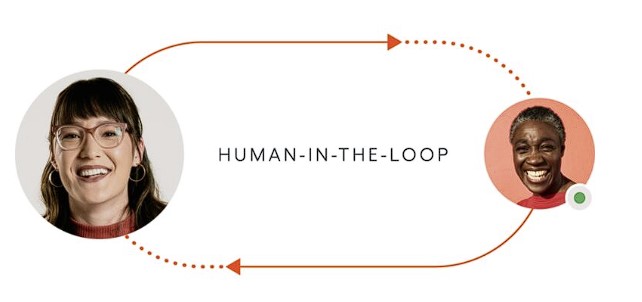
5.2. Assist in creating people’s profile
With the help of generative AI, people’s profile can be constructed based on a combination of available entity record attributes. The search and indexing engine allow combination of evidence from multiple matching attributes to perform identity resolution. With the help of human supervision application-specific business rules can be implemented by determining what combination of record attributes should be matched and what weights should be assigned to each attribute. For example, community members can collaborate with an overview of who they are, their work, and role in the organization. Members can visualize the community composition, learn about each other via AI-Augmented profiles, and make new connections. These profiles reveal the members’ most unique cognitive, social, and emotional attributes, and how these behaviors translate at work. Helping the community members to belong to the fittest communities based on the profile’s relevance and similarities.
5.3. Inference of expertise and micro-skills
With the help of generative AI, skills and expertise can be inferred by understanding the digital footprint subject matter experts create with publications, email, collaboration tools, and other sources. During the learning phase, AI algorithms make use of historical support request tickets, community discussions, questions and answers, enterprise documentation corpus, compliance logs and audit logs to identify expertise and micro-skills. For example, in a peer-to-peer problem resolution context, the AI application can automatically determine the required micro-skill and directs the moderator to the potential available experts. Helping the community membership to expand and include relevant, related, and similar experts.
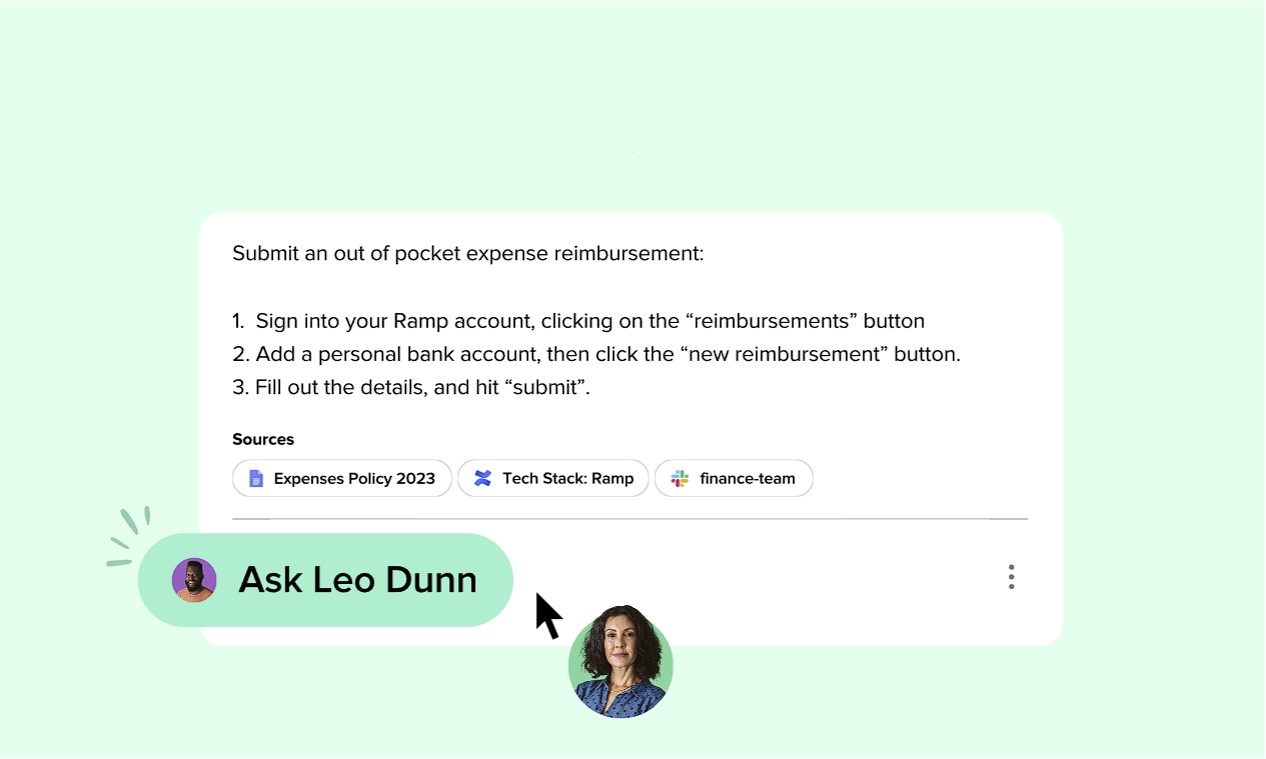
5.4. AI digital worker & pre-built smart skills
AI digital workers are not bots. They are human-like clones to perform specific roles, responsibilities, and tasks. They have 3 characteristics:
- Collaborative: seamlessly work with their host team through intuitive user-friendly Human-in-the-Loop collaboration.
- Curious: train quickly and easily on even less-than-perfect datasets and improve continuously from their daily job and repetitive tasks.
- Capable: they go beyond rules-based automation and streamline document-heavy processes with native advanced intelligent document processing capabilities.

Example of AI digital worker:
- Data entry clerk, data analyst, digital content analyst.
- Accountant payable/billing analyst, purchase order specialist.
- HR assistant, recruiting coordinator.
- Customer service representatives.
- Shipping clerk, freight classification specialist.
AI digital workers are connected to their global network of digital workers. They aggregate performance results, allowing their human supervisor to compare their performance to industry benchmarks. This enables the human supervisors to answer questions like “How well is my digital worker doing compared to other workers doing the same task at other companies?” or “Do I need to label more data and train my digital worker to perform at the industry standard or am I already there?”
AI digital workers can be loaded with pre-built smart skills, without starting from scratch, without coding and without the need of a training data set. It’s possible by leveraging signature patterns which are templates created by recognized leaders with specific industry or domain expertise. Patterns may be selected from a library of pre-built conversational workflows and interactive interface make implementing best practices possible and reduce time-to-market.
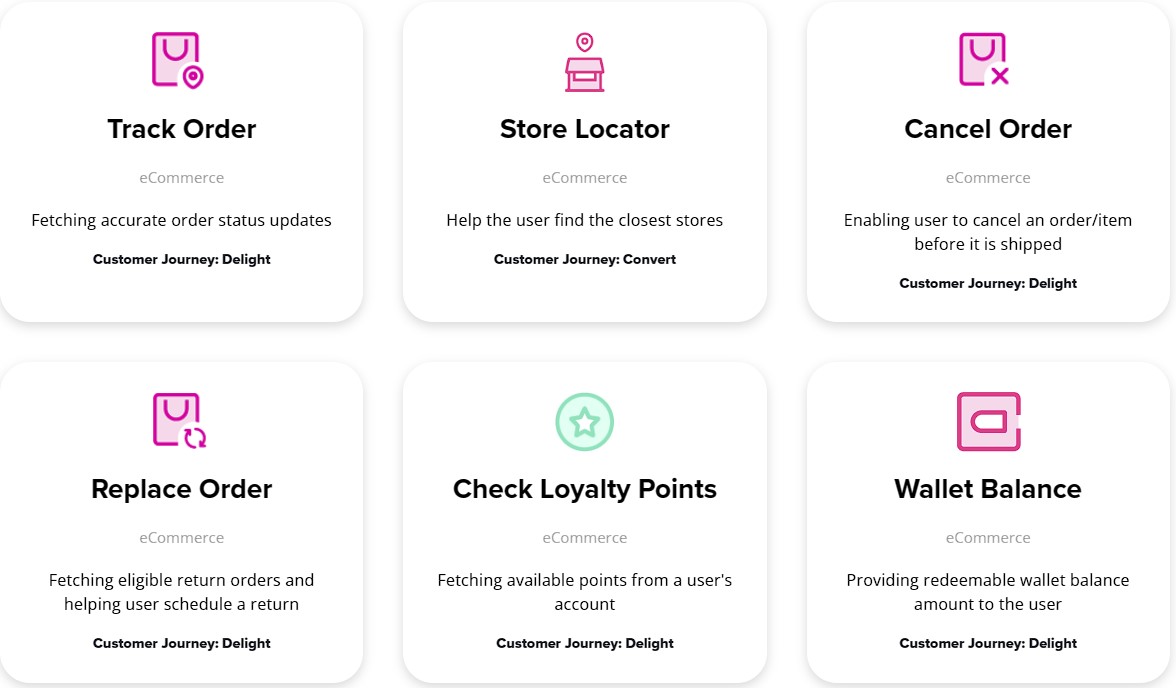
Example of pre-built industry-specific smart skills:
- Schedule a customized health checkup appointment (healthcare).
- Schedule/ Re-schedule a new blood collection request (healthcare).
- Fetch and provide project details basis user requirement (construction).
- Collect user concern and accept their request to terminate service (telecom).
- Schedule a math class and share class details with students (education).
5.5. Sentiment/intent aware recommendations
Sentiment analysis can detect emotion, intent, and sentiment with natural language understanding (NLU) models that automatically surface people’s underlying needs.
- Sentiment: positive, neutral, negative.
- Intent: issue, opinion, request, book a flight…
- Emotions: joy, anger, trust…
Using natural language understanding of sentiment and intent, leaders and analysts can harness the context and user behavior to proactively discover the meaning in data, documents, discussions, and customer conversations. For example, managers can listen to the workforce across every channel to understand how customer service agents address issues with the right level of emotions, and sentiments in real-time. Sentiment analysis helps to understand and analyze customers’ reviews about products/ services in the brand community. It helps to identify important keywords in customers’ reviews and assigns a positive or negative score based on the modifiers describing the keywords.
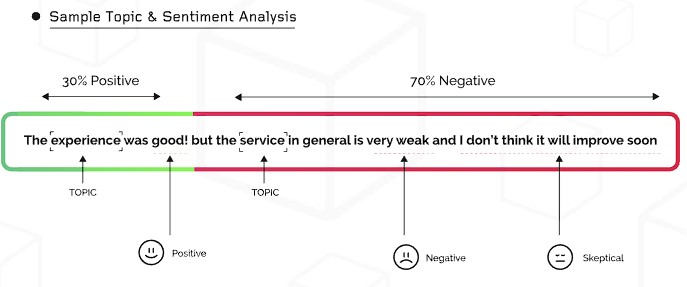
Using natural language understanding of sentiment and intent, moderators can monitor topics being discussed on the pages of a company network to find the best pages for each ad. Use sentiment analysis to make sure the ad placements are brand safe and most relevant to the target audience. Help customers to discover products in e-commerce by using customer intent data which will improve conversion rate and revenue.
With human supervision, intent discovery can be tuned using the existing information sources, past chat records and live agent conversations.
Examples of AI-based KM tools for expertise discovery & dissemination: Pymetrics, Loop AI Labs, WorkFusion, Gavagai, OneReach, Haptik, Guru.
Next part (part 6): AI-based KM features for knowledge discovery and generation.
Header image source: Author provided.
Reference:
- Najjar, R. (2023, July 13). Preliminary Understanding of Generative AI: What & How? Medium. ↩

